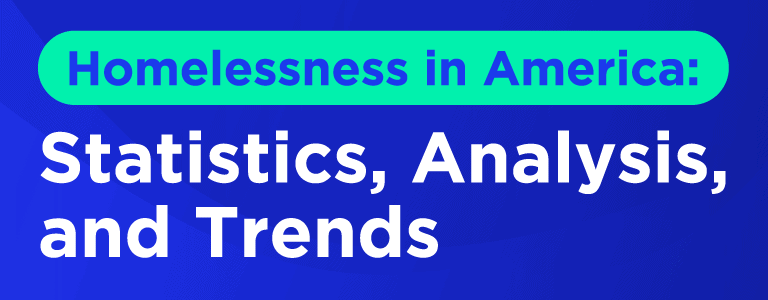Major NYC Charter Overhaul Proposed: Non-Partisan Primaries & Mayoral Zoning Power
The NYC Charter Revision Commission is set to recommend sweeping changes that could reshape local politics and governance:
Non-partisan primaries for all city offices
Final zoning decisions transferred from City Council to the mayor’s administration
Supporters say these changes would boost voter participation, reduce backroom deal-making, and streamline land-use decisions for housing and infrastructure.
Critics argue it concentrates too much power in the hands of the mayor and weakens neighborhood-level input.
If adopted, these revisions would mark the largest structural shift in NYC governance in decades—and could set a model for reform nationwide.
#NYCPolitics #CharterReform #NonPartisanPrimaries #ZoningReform #UrbanPolicy #BETTRnews #MakeNYBETTR
Full Story: https://www.cityandstateny.com/politics/2025/04/nyc-charter-reform-nonpartisan-elections-zoning-changes/456389/
The NYC Charter Revision Commission is set to recommend sweeping changes that could reshape local politics and governance:
Non-partisan primaries for all city offices
Final zoning decisions transferred from City Council to the mayor’s administration
Supporters say these changes would boost voter participation, reduce backroom deal-making, and streamline land-use decisions for housing and infrastructure.
Critics argue it concentrates too much power in the hands of the mayor and weakens neighborhood-level input.
If adopted, these revisions would mark the largest structural shift in NYC governance in decades—and could set a model for reform nationwide.
#NYCPolitics #CharterReform #NonPartisanPrimaries #ZoningReform #UrbanPolicy #BETTRnews #MakeNYBETTR
Full Story: https://www.cityandstateny.com/politics/2025/04/nyc-charter-reform-nonpartisan-elections-zoning-changes/456389/
🗳️ Major NYC Charter Overhaul Proposed: Non-Partisan Primaries & Mayoral Zoning Power
The NYC Charter Revision Commission is set to recommend sweeping changes that could reshape local politics and governance:
🗳️ Non-partisan primaries for all city offices
🏙️ Final zoning decisions transferred from City Council to the mayor’s administration
Supporters say these changes would boost voter participation, reduce backroom deal-making, and streamline land-use decisions for housing and infrastructure.
Critics argue it concentrates too much power in the hands of the mayor and weakens neighborhood-level input.
If adopted, these revisions would mark the largest structural shift in NYC governance in decades—and could set a model for reform nationwide.
#NYCPolitics #CharterReform #NonPartisanPrimaries #ZoningReform #UrbanPolicy #BETTRnews #MakeNYBETTR
🔗 Full Story: https://www.cityandstateny.com/politics/2025/04/nyc-charter-reform-nonpartisan-elections-zoning-changes/456389/
0 التعليقات
0 المشاركات
418 مشاهدة
0 معاينة






